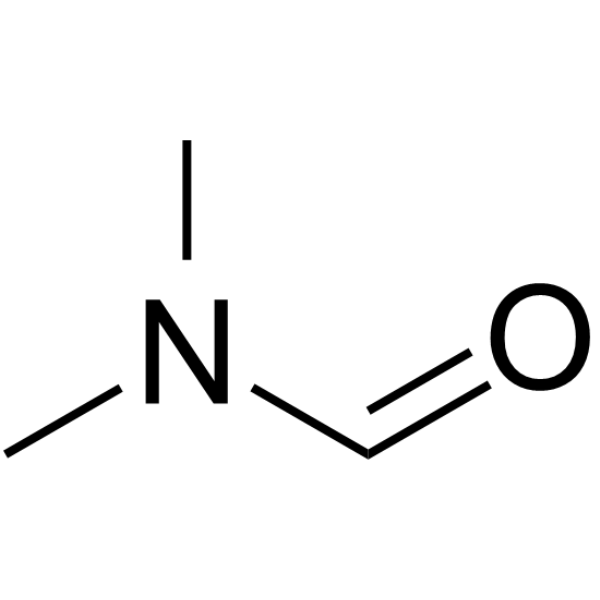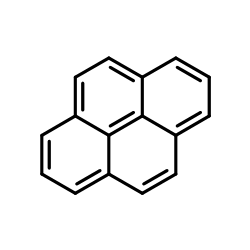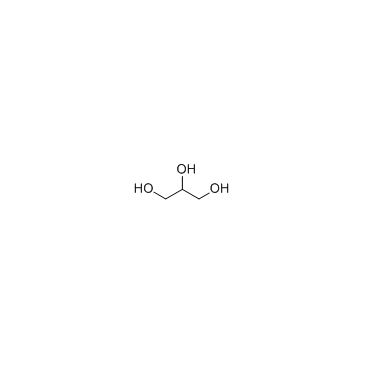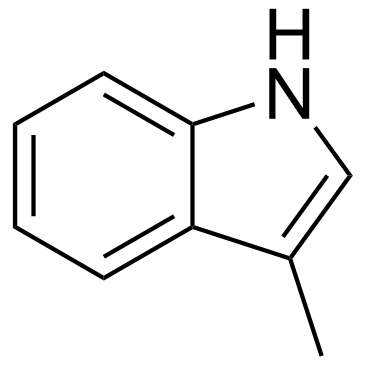| Structure | Name/CAS No. | Articles |
|---|---|---|
 |
Methanol
CAS:67-56-1 |
|
 |
Salicylic acid
CAS:69-72-7 |
|
 |
N,N-Dimethylformamide
CAS:68-12-2 |
|
 |
Pyrene
CAS:129-00-0 |
|
 |
ethyl acetate
CAS:141-78-6 |
|
 |
Glycerol
CAS:56-81-5 |
|
 |
3-Methylindole
CAS:83-34-1 |